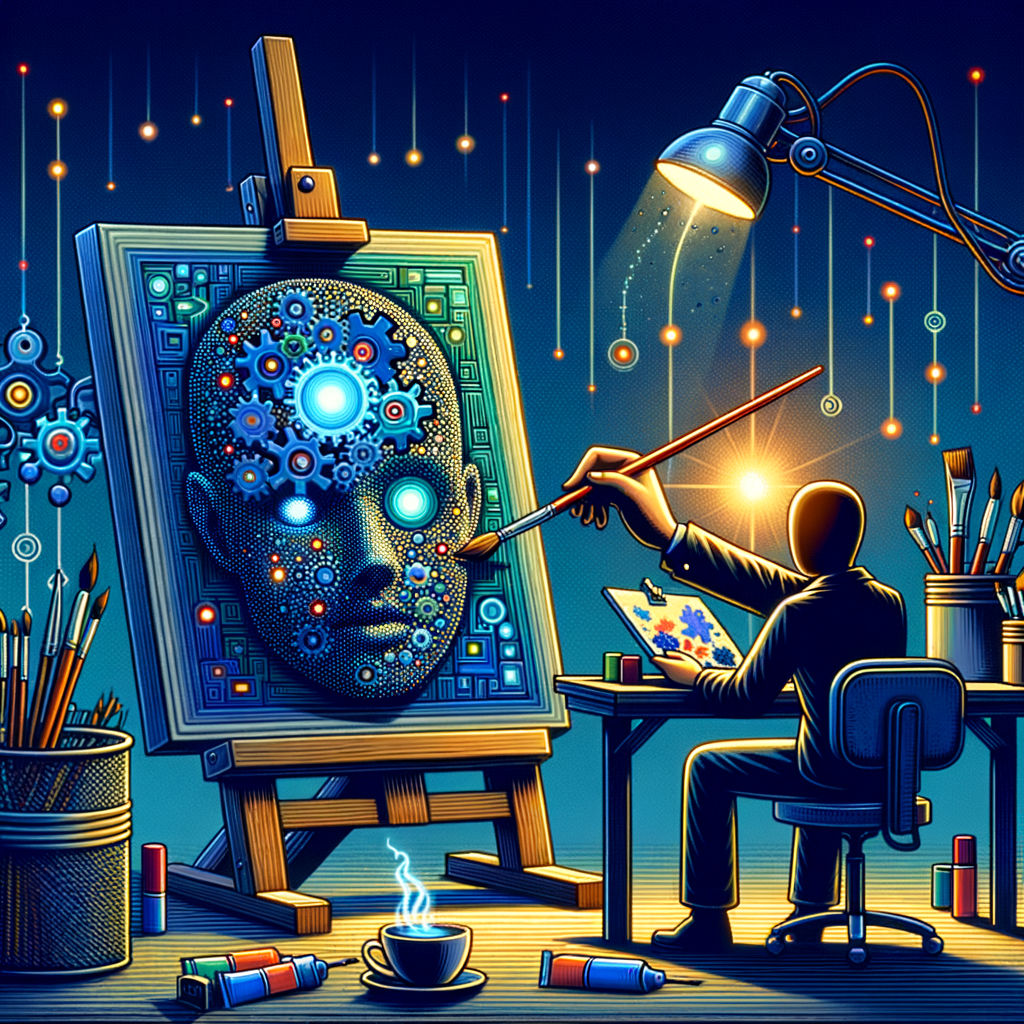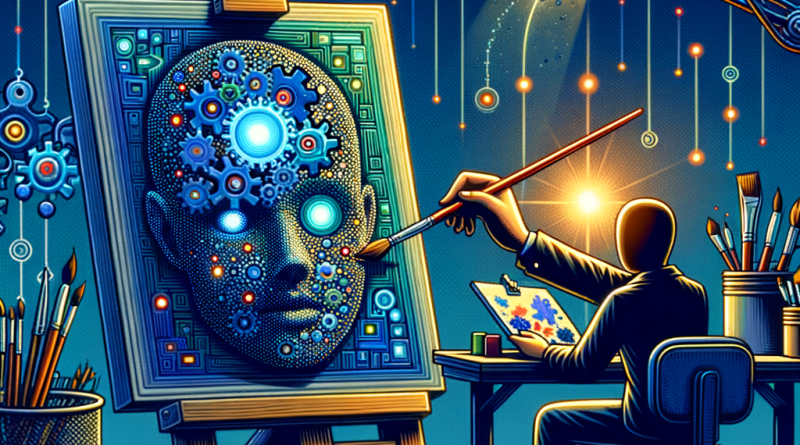“Navigating AI and Copyright: Implications for Creators and Industries”

Unpacking the New AI Copyright Rules: What It Means for Creators
As artificial intelligence becomes a cornerstone of creativity and innovation, questions surrounding copyright and intellectual property rights are reaching a tipping point. The recent release of the U.S. Copyright Office’s second part of their decision on AI-generated content has sparked discussions, especially in the realms of creative industries such as Hollywood and tech enterprises globally.
The Key Takeaway
The U.S. Copyright Office’s ruling establishes a critical benchmark: while AI can assist in generating content, the act of merely typing prompts into an AI tool does not make the output copyrightable. Their stance indicates that AI-generated content—like the result of a perfect ChatGPT prompt or a polished piece from Midjourney—functions predominantly as a collaborative starting point, akin to a “suggestion box.”
The Nuances of Copyrightability
The decision delineates between:
- Not copyrightable: Raw output from AI tools, such as video clips generated with tools like Runway or a story entirely generated through AI prompts.
- Potentially copyrightable: Works that heavily edit and transform AI outputs or integrate AI contributions as part of a broader, human-authored narrative.
- Likely copyrightable: Complex creations, such as films that include AI-generated special effects, or edited composites of AI-created clips.
The rule of thumb here is clear: human effort and creativity must play a central role to claim copyright protection.
What This Means in Practice
If you’re dabbling in AI-driven creativity, you must actively contribute your intellectual effort to elevate the work beyond its “AI-generated” origins.
For instance, heavily reworking a pirate-themed screenplay drafted by an AI, adding original characters, nuanced arcs, dialog, and scene integration, positions you as a copyrightable creative. Conversely, letting ChatGPT’s unaltered work speak for itself wouldn’t pass the copyright threshold.
Repercussions in Hollywood and Beyond
The ramifications are particularly significant in Hollywood, where AI is increasingly used in scriptwriting, special effects, and creative brainstorming. For tech companies safeguarding their AI intellectual property, this decision sets a precedent for what qualifies as unique innovation and what remains arguably derivative.
The Bigger Picture: AI Training Copyright Questions
This recent ruling sidesteps broader questions about the legality and ethicality of AI training data sourced from copyrighted materials. Part 3 of the Copyright Office’s broader decision, expected in the near future, may address whether or not training AI constitutes “transformative use” under “fair use” doctrine. This pivotal conclusion could have ripple effects across industries, including potential Supreme Court intervention.
Final Thoughts
This marks a monumental step toward structuring the creative and legal boundaries of AI-generated content. What’s clear from this decision is that while AI can inspire, assist, and innovate, humans must still do the heavy lifting to achieve legal authorship and protection.
The responsibility lies with creators to integrate their unique vision while leveraging AI as a supportive tool, not as a substitute for their creativity.
#ArtificialIntelligence #CopyrightLaws #AIinHollywood #AICreativity #AIandIP #LegalTechUpdates #AIinBusiness
